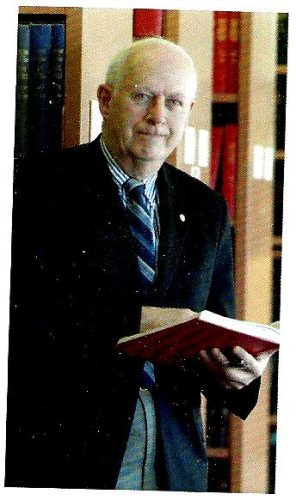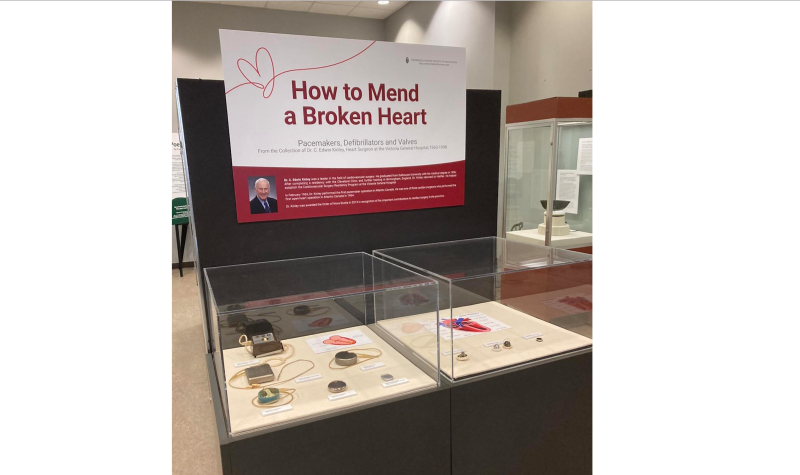A Halifax exhibit is hoping to educate the public on the history of pacemakers, heart valves and defibrillators during Valentine's season.
"How to Mend a Broken Heart" is an exhibit by the Medical History Society of Nova Scotia in partnership with the Museum of Natural History.
The cardiac pacemaker, first invented in Canada during the 1950s, has saved millions of lives and is considered Canada's most important invention of the 20th century, according to Dr. Allan Marble, chairman of the Medical History Society of Nova Scotia.
"About a month ago, [the society] had received a large donation of pacemakers and heart valves from a local lady whose husband had been a cardiac surgeon. So when I mentioned that at our meeting, one of the members at the meeting said well, why don't we join the museum and put them on display for Valentine's Day," said Marble.
Marble, who has a PhD in biomedical engineering, worked at the faculty of medicine at Dalhousie University for about 40 years, and was the research director for the department of surgery.

Dr. Allan Marble is the chairman of the Medical History Society of Nova Scotia. Photo contributed.
In 1950, a cardiac surgeon and an electrical engineer got together and they designed an artificial pacemaker. Throughout the years, it became encapsulated into a small container that could be implanted in the body to replace the heart's natural pacemaker, which doesn't function as it should due to disease.
Manufactured in England, the oldest pacemaker at the exhibition is from 1963, and was brought back to Halifax by a cardiac surgeon.
Since their invention, pacemakers can now be implanted in the body, are one-fifth of their original size, have a shelf-life of up to 15 years (as opposed to three), and require a minimum incision under the collarbone to be placed under the skin.
"It's a pretty simple procedure. Now, the procedure now can be done with a local anesthetic whereas the original pacemakers back in the 1980s, you had to give a major anesthetic to keep the patient under while that was being done, because it was a fair amount of surgery required," said Marble.
While pacemakers have evolved, Marble said he believes people in the future will continue to need pacemakers.
"The main reason we need pacemakers is that some people do not pay attention to their diet, exercise, and are smoking for instance. That causes the buildup of fats within the body, even with inside the arteries, that will cause the heart or lungs to eventually fail," said Marble.
The exhibit "How to Mend a Broken Heart" will run until the end of February.
Listen to the full interview below:


